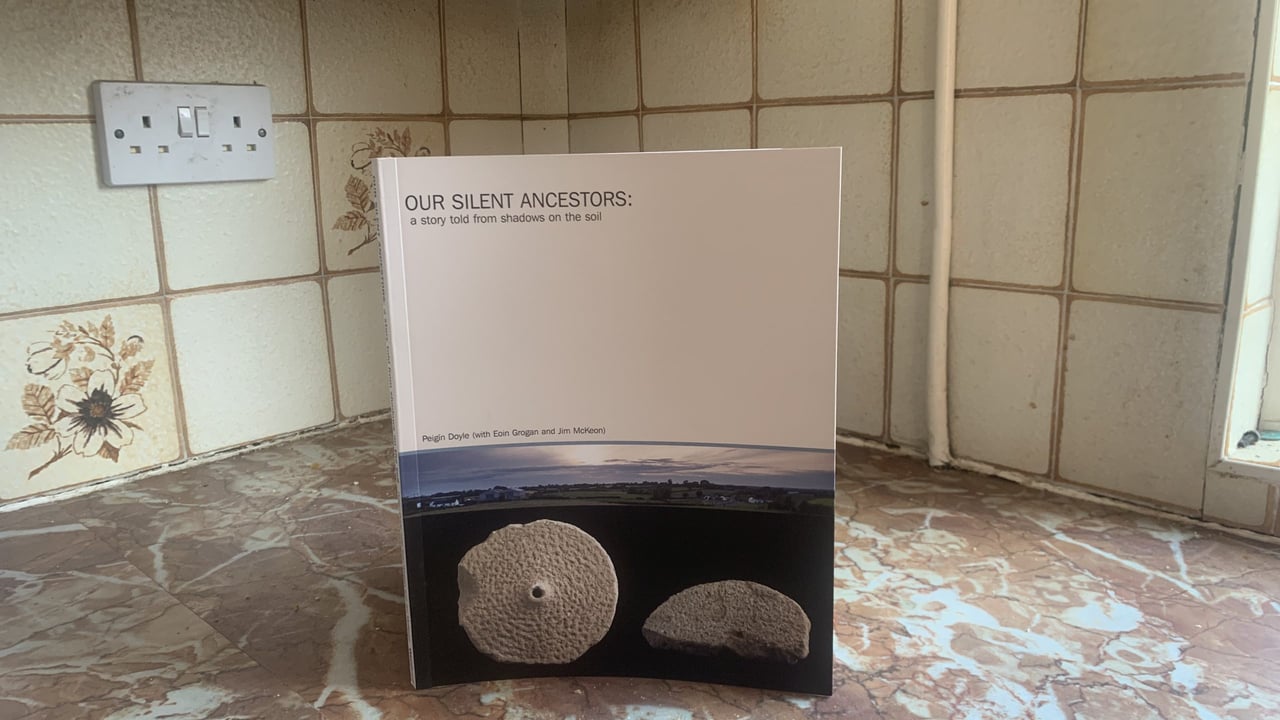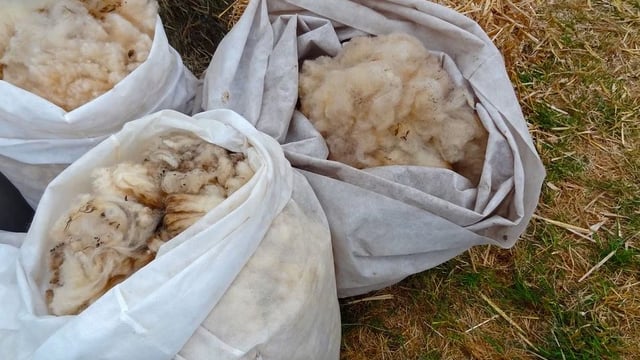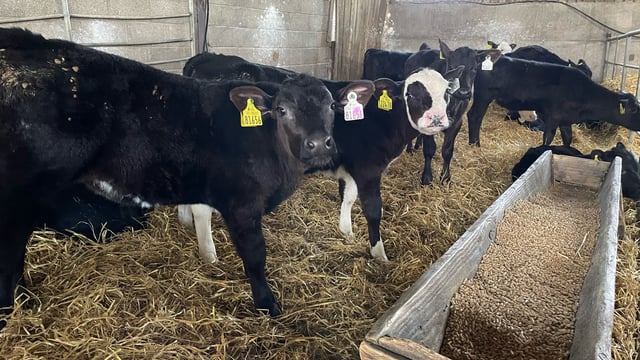Book review: Our Silent Ancestors
‘Our Silent Ancestors’ is a new book from journalist Peigin Doyle: it is a must-read for anyone with an interest in archaeology and history.
It tells the story behind the myriad artefacts unearthed during the construction of the natural gas pipeline between Counties Meath and Antrim.
The book has been written with the help of associates Eoin Grogan and Jim McKeon. It has been supported by Gas Works Ireland (GNI) with complimentary copies distributed to those farmers and landowners whose properties have been traversed by the north-south pipeline.
The initial engineering project was impressive enough, taking in a 156km stretch of ground from Gormanstown in Co. Meath to Ballybanagh in Co. Antrim.
But it really is a case of the iceberg principle coming into play. This is because the diversity and relevance of the artefacts unearthed by the construction project have created new levels of understanding with regard to our ancestors’ way of life.
And even the briefest perusal of the book communicates this reality in a very meaningful way.
And this is a project that just keeps on giving. A significant number of the artefacts uncovered date back to the Neoloithic Period, with many of these items now displayed in both local and national museums.
Our Silent Ancestors
But it is the interpretation of how these artefacts were put to use by those that came before us that really catches the interest of the reader.
For example, one of the most interesting themes picked up in the book was the consistent use of hot stones, heated in an open fire, to boil water. This was the key starting point when it came to cooking food back in the day.
And, not surprisingly, geography and geology come into play where these matters are concerned.
It turns out that volcanic rocks (basalt, granite, etc.) used for these purposes by our ancestors living in Ulster had a much longer shelf life than the sedimentary option (limestone) available to those trying to get through the challenges of everyday life further south.
However, on the upside, limestone heats much more quickly than is the case with volcanic rocks.
Prior to construction of the pipeline, extensive aerial photography and accompanying research had confirmed the breadth of archaeological heritage that the subsequent construction work would reveal. These surveys alone had identified 100 previously unknown sites.
’Our Silent Ancestors’ sheds real light on the import of these findings in a very easy-to-understand and enlightened manner.
What’s more, the photography and accompanying imagery used within the book are of the highest quality: it really is a super read.





